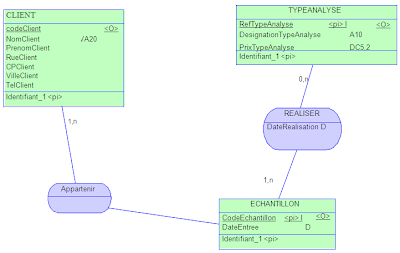The notations varchar(n) and char (n) are aliases for character varying(n) and character(n), respectively. If character varying is used without length specifier, the type accepts strings of any size. The expression can be a timestamp, an interval, an integer, a double precision, or a numeric value that is converted to a string according to a specific format. Data Type Formatting Functions. These functions all follow a common calling convention: the first argument is the value to be.
Początkowo opracowywany na Uniwersytecie Kalifornijskim w Berkeley i opublikowany pod nazwą Ingres. W miarę rozwoju i zwiększania funkcjonalności, baza danych otrzymała nazwy. SQL is a language where one task can be solved multiple ways with different efficiency.
There is no difference in speed when using those data types. However, there is one difference that can make a difference in performance: a char column is always padded to the defined length. PostgreSQL: Difference between text and. Analysis: SELECT LEFT: Beginning with text pulled from the t_category column in our database, we know this string has ” Best” at the end because of our WHERE clause below. So we need to cut off those last characters, which means we want the left side of our string.

But every row is going to provide a different length string, so we need to calculate length using the CHAR_LENGTH function. First of all – All those data types are internally saved using the same C data structure – varlena. Remember, there is no performance benefit whatsoever to using char (n) over varchar(n). One particular problem that comes up is that if you try and compare a char (n) field against a parameter where the driver has explicitly specified a type of text or varchar, you may be unexpectedly unable to use an index for the.
The CHECK Constraint enables a condition to check the value being entered into a record. If the condition evaluates to false, the record violates the constraint and is not entered into the table. String to Date and Timestamp. Its syntax is TO_DATE(text, text) and the return type is date. The TO_TIMESTAMP function converts string data into timestamps with timezone.
The Oracle TO_CHAR function is one of the most common and useful string manipulation functions in Oracle. In this article and video, I’ll explain how to use the TO_CHAR function. Purpose of the Oracle TO_CHAR Function. The purpose of the Oracle TO_CHAR function is to convert either a number or a date value to a string value.
Pamiętaj również, że przy porównywaniu indeksów często występuje duża różnica między CHAR a VARCHAR. Ask Question Asked years, months ago. It is not listed in their help, however I see examples in the web which utilize it. It is designed to handle a range of workloads, from single machines to data warehouses or Web services with many concurrent users. It is the default database for macOS Server, and is also available for Linux, FreeBS OpenBSD.
We set a password for the postgres user. Description of the illustration to_ char _date. TO_ CHAR (datetime) converts a datetime or interval value of DATE, TIMESTAMP, TIMESTAMP WITH TIME ZONE, or TIMESTAMP WITH LOCAL TIME ZONE datatype to a value of VARCHARdatatype in the format specified by the date format fmt. Many database systems provide sample databases with the product.
This has the advantage of being built-in and supporting a scalable data generator. Supported Types and their Mappings. Note that in addition to the below, enum and composite mappings are documented in a separate page.

Note also that several plugins exist to add support for more mappings (e.g. spatial support for PostGIS), these are listed in the Types menu.
Brak komentarzy:
Prześlij komentarz
Uwaga: tylko uczestnik tego bloga może przesyłać komentarze.